2024 Guide to Ethical Photography and Copyright Compliance
What is ethical photography? How does consent in photography and copyright compliance influence your reputation…
Chapters

Your Complete AI Workflow.
Today, we’re diving into ethical photography — a topic that’s not just crucial for your craft but also for your reputation and the respect of your clients.
In this article, we’ll break down in plain terms what it means to be an ethical photographer, why consent is important, how to protect your work, and how to navigate the often complex world of copyright compliance.

What is Ethical Photography?
Ethical photography serves as the moral compass that guides our actions, decisions, and interactions as photographers.
Principles of ethical photography include:
- Transparency
- Respect
- Empathy
- Integrity
When we talk about ethics, it’s not just about following the rules; more so, it’s about being a decent human being behind the camera.
Think of it as the golden rule of photography: treat others’ dignity and rights as you would want yours treated.
Ethical photography is all about building trust with our clients and our communities and keeping the soul of our craft intact.
When we prioritize ethics, we elevate ourselves as photographers and contribute to a culture of respect and trust within the industry. Therefore, it’s important to approach our work with a sense of responsibility and mindfulness.

The Consequences of Unethical Photography
Now, let’s talk about the not-so-pretty side of things. With social media spreading images like wildfire, there’s a lot at stake.
Whether it’s misrepresentation through digital manipulation, invasion of privacy without consent, or exploitation of vulnerable subjects, the consequences of unethical behavior have far-reaching effects.
When photographers bend the rules or play fast and loose with people’s privacy, it’s not just their reputation on the line – it’s the whole profession that takes a hit.
On the flip side, embracing ethical photography can be a powerful force for positive change.
When we stick to our ethical guns – integrity, transparency, and respect – we not only earn the respect of our clients and audience, but we also set the bar high for the whole photography world.
Respecting Privacy in Photography
Respecting privacy isn’t just a legal requirement, but a moral imperative too.
It’s pretty simple, really – always ask before you start clicking. It’s not just a formality; it shows you have respect for the people you’re photographing.
Whether you’re snapping shots on the streets or at a friend’s party, taking a moment to check if it’s okay to take their picture goes a long way.

However, when you’re shooting in public spaces, things can get a bit trickier.
Legally, you might be in the clear to take photos. But ethically? Well, that’s a different story. Even though the law might say it’s fair game, people still deserve some privacy, right?
So, if you’re taking photos of people in public, try to be discreet and respect their personal space. And if someone’s not okay with it, just move on – no harm done.
In the end, there’s a careful balance between creative expression and being a moral photographer. We all want to capture that perfect shot, but not at the expense of someone’s dignity.
In today’s world of Insta-everything, privacy matters more than ever. So, let’s make sure we’re not just snapping away without a second thought.
By asking for consent, respecting boundaries, and keeping it ethical, we can capture great shots without stepping on anyone’s toes.
When to Ask for Consent in Photography
Informed consent is the bedrock of ethical photography, especially in sensitive or vulnerable situations.
Asking for consent simply means you’re making sure everyone’s on the same page about how the images will be used and making sure your subjects agree to being photographed.
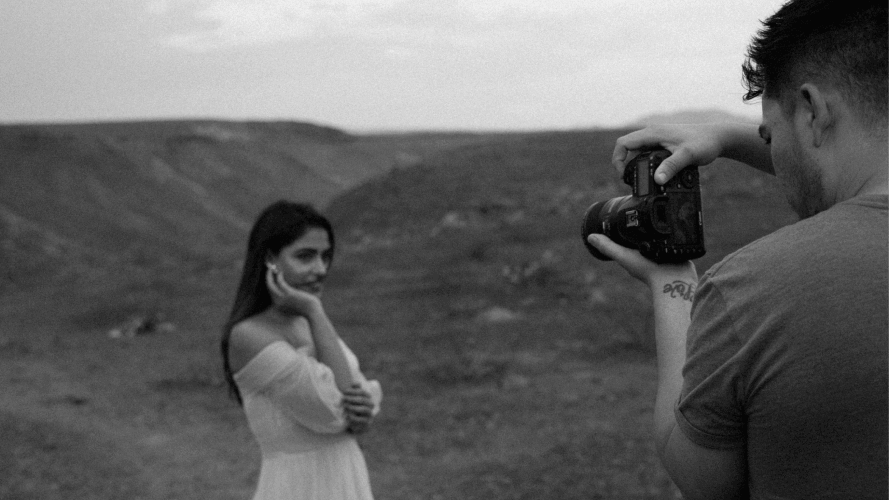
So, when should you ask for consent? Well, pretty much anytime you’re taking someone’s picture and they’re recognizable.
Whether you’re shooting a portrait, a street scene, or a bustling event, it’s always best to play it safe and get that green light before you start clicking.
But here’s the thing – consent in photography isn’t just a one-time thing. It’s an ongoing conversation, especially in those sticky situations where people might feel a bit vulnerable or uncomfortable.
For example, imagine you’re shooting a documentary project where you’re spending hours or even days with your subjects.
As time goes on, people’s feelings might change, circumstances might shift, and what was okay yesterday might not be okay today. Maybe your subject starts feeling self-conscious about having their photo taken, or they decide they’re not comfortable with how the images are being used.
By keeping the lines of communication open and checking in regularly, you can address any concerns that arise and ensure everyone feels respected and heard throughout the process.
How to Get Consent
Now, let’s talk about some best practices for getting consent in photography, especially in sensitive situations.
First off, be clear and upfront about what you’re doing and why. Use simple language and avoid any jargon or fancy talk.
Give people the chance to ask questions or raise any concerns they might have. Remember, it’s all about building trust and making sure everyone feels comfortable.
The same rules apply when you’re shooting for commercial or editorial purposes, but there are a few extra things to keep in mind.
Make sure you’re clear about how the photos will be used and get any necessary releases or permissions in writing. If you’re not sure, it never hurts to double-check with a legal expert.
Just remember, it’s not just about following rules for the sake of being on the right side of the law – it’s about treating people with respect. That’s what ethics in photography is all about.
Navigating Copyright Laws
Copyright laws are your best defense against any unauthorized use of your work, but understanding them can feel like navigating a maze. So, we’ll try to explain it in simple terms.
In essence, copyright gives you the exclusive right to reproduce (make copies), sell, and display your creative work.
Nobody can do any of those things with your images if you haven’t given them permission to do so.
Copyright doesn’t just apply to your final images. It also extends to the raw files, outtakes, and even the behind-the-scenes footage.
So, how do you get your work copyrighted (protected by law)? You need to register your images with your local copyright office. In most cases, it’s a simple online process.
Here’s the link to the US Copyright Office’s registration page if you want to take a look at how it works.
Registering your images strengthens your legal standing and enables you to pursue legal action in case of infringement.
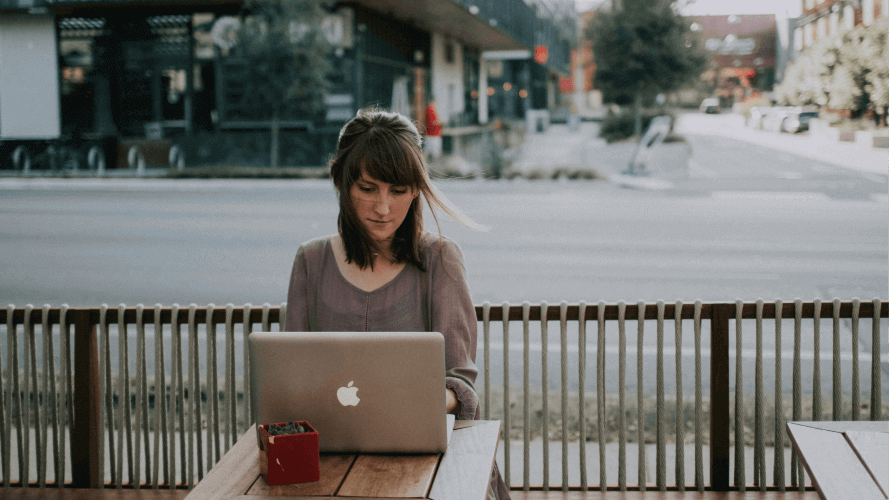
Remember, as a copyright owner, you also have to adhere to copyright compliance by respecting the rights of others and following the rules when it comes to using other people’s work.
By understanding your rights, respecting the rights of others, and taking the necessary steps to protect your work, you can navigate the murky waters of copyright like a pro.
How to Protect Your Work: Watermarking and Metadata
In addition to protecting your work through copyright, watermarking and metadata are essential tools in your arsenal, especially when it comes to protecting your work online.
But here’s the thing about watermarks – you want to strike the right balance between protection and aesthetics.
Nobody wants to see a big, ugly watermark plastered across their favorite photo. So, when you’re adding that watermark, think subtle, think sleek. You want it to be there, but you don’t want it to steal the show.
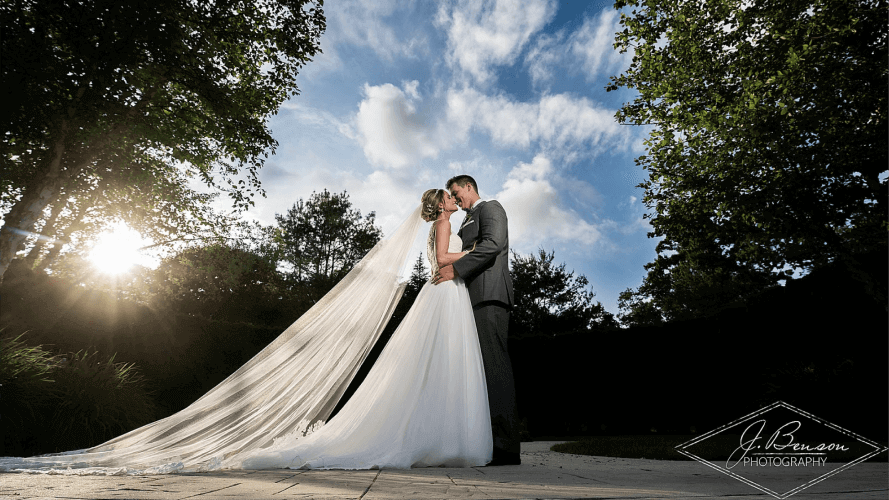
If you’re not sure where to start, there are plenty of tools and software out there that can help you create the perfect watermark, such as Watermarkly, Veed, and Artlogo.
Now, onto the magic of metadata. It’s like embedding a secret code into your images that proves you’re the rightful owner.
By adding copyright information and contact details to your image files, you’re making it a whole lot harder for someone to use your work without permission.
By adding these extra layers of security, you’re not just protecting your images – you’re protecting your reputation as a professional photographer too.
How to Handle Copyright Infringement
Have you ever caught someone with their hands in the cookie jar – AKA stealing your precious photos?
Unfortunately, copyright infringement is a reality that many photographers face. But knowing how to respond can make all the difference.
If you discover that someone’s using your work without permission, don’t panic. Take a deep breath, count to ten, and then spring into action.
In many cases, people aren’t knowingly stealing your work. Maybe they just thought your photo was so beautiful that they wanted to share it with their followers, but they forgot to tag you or give you credit as the creator.
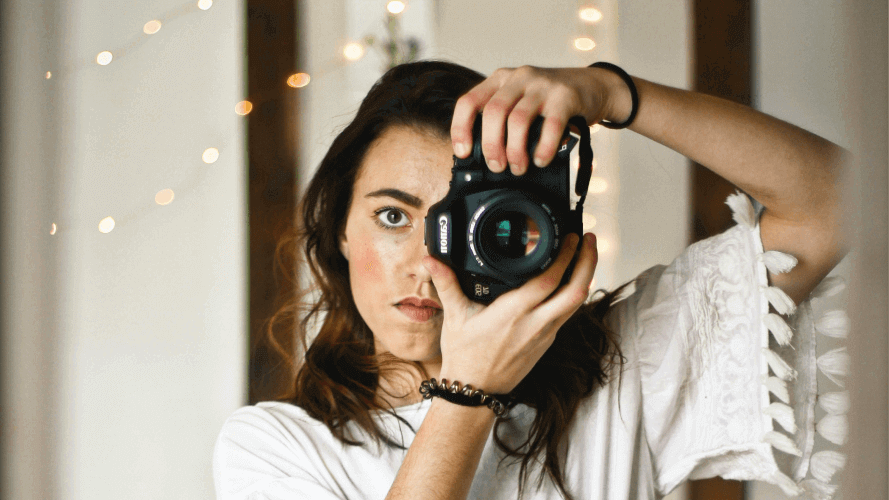
Step 1: Gather evidence
Take screenshots, save URLs, and gather any other proof that shows your work was used without your say-so.
Step 2: Address the culprit
Politely but firmly let them know that they’re using your work without permission and ask them to take it down, or ask them to tag you and edit their caption to credit you as the photographer. Sometimes, a friendly reminder is all it takes to set things straight.
But what if they refuse?
Consider sending a cease-and-desist letter or bring in the big guns – the Digital Millennium Copyright Act (DMCA) and file a takedown notice.
A DMCA takedown notice basically tells the internet gods to remove the infringing content or face the consequences. And they don’t want to mess with the DMCA.
Remember that documenting your copyright ownership and keeping meticulous records of your work will strengthen your case in the event of having to take legal action.
Sharing Images Responsibly
So, you have a gorgeous photo that you’re dying to share with the world. But before you hit that “post” button, let’s talk about some ground rules for sharing images on social media.
First off, make sure you’re not violating any copyright laws.
If the image isn’t yours, make sure you have permission from the photographer or the rightful owner before sharing it.
And if it is yours, go ahead and share away – just make sure you’re not giving away any rights you might want to hang onto.
Now, let’s talk about attribution – it’s like giving credit where credit’s due.
Consider using Creative Commons licenses to clearly communicate how your work can be used and shared.
When you’re sharing someone else’s work, whether it’s on Instagram, Facebook, or Twitter, always make sure to give props to the photographer.
It’s not just a nice thing to do – it’s the ethical thing to do. Plus, it shows that you respect their work and recognize their talent. They might even return the favor someday.
By setting a good example and promoting a culture of respect and integrity, we can create a community where everyone’s work is valued and appreciated.
Emerging Trends and Challenges in Ethical Photography
What are some of the hot-button issues in ethical photography right now?
Well, for starters, there’s the age-old debate about photo manipulation. With editing software becoming more powerful than ever, and deepfakes popping up everywhere, it’s clear that it’s easier than ever to tweak and twist images to fit a certain narrative.
Where do we draw the line between enhancing a photo and straight-up altering reality?
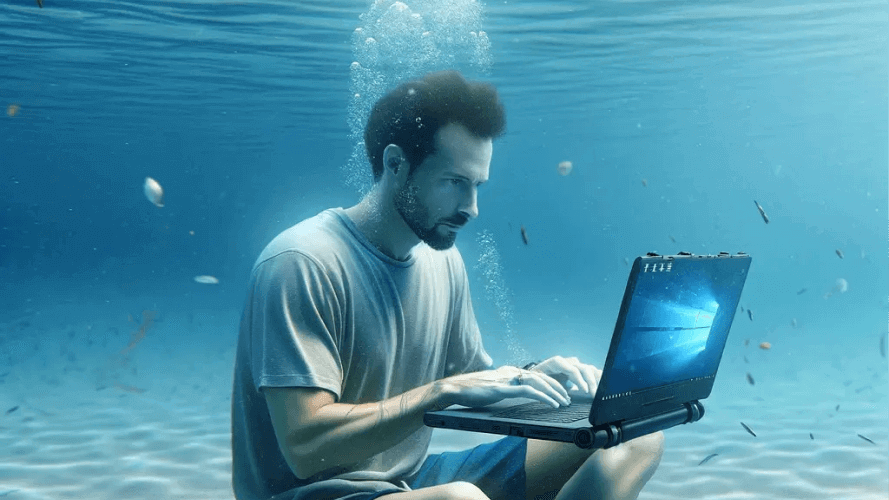
Then there’s the issue of consent, especially in the age of social media. With everyone and their grandma sharing photos online, it’s easy for images to spread far and wide without the subject’s permission.
So, what happens when someone’s privacy is violated or their image is used without their consent? It’s a sticky situation, to say the least.
And let’s not forget about the impact of technology on ethical considerations.
From drones capturing intimate moments to facial recognition software raising concerns about surveillance, advancements in technology are forcing us to rethink what it means to be ethical in the digital age.

But here’s the thing – as photographers, we can’t just bury our heads in the sand and hope these issues go away.
We’ve got to adapt and evolve with the times, staying up-to-date on the latest trends and technologies and thinking critically about how they impact our work.
So, how do we stay the course of our moral compass while riding the ethical photography wave in such turbulent times?
By staying informed and staying true to our values. Photography is a human form of expression, so as long as you keep humanity in focus, you’ll be just fine.
In Conclusion
Ethical photography isn’t just about following rules and ticking boxes; it’s about being a decent human being behind the lens.

It’s about treating others’ dignity and rights with the same respect we would want for ourselves.
So, whether you’re snapping street scenes or capturing intimate moments, remember to always ask for consent, respect people’s privacy, and act with integrity.
When it comes to protecting your work, copyright laws are your best friend. By understanding your rights, respecting the rights of others, and taking the necessary steps to safeguard your images, you can navigate the murky waters of copyright like a pro.
And don’t forget about the power of watermarks and metadata – they’re like your personal security detail, keeping your work safe from would-be thieves.
What about the challenges and controversies facing ethical photography today? From photo manipulation to issues of consent and the impact of technology, it’s clear that the landscape is constantly shifting.
But by staying informed, staying true to our values, and adapting to the times, we can navigate these challenges with grace and integrity.
Remember this: photography is more than just a job – it’s a responsibility.
By prioritizing ethics and integrity in your work, you’re not just elevating yourself as a photographer; you’re helping to shape a culture of respect and trust within the industry.
Keep snapping, keep sharing, and above all, keep it ethical.





